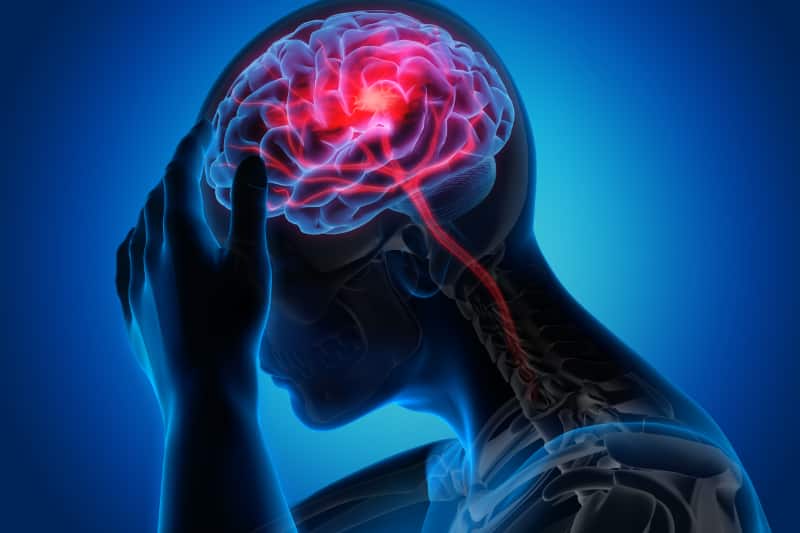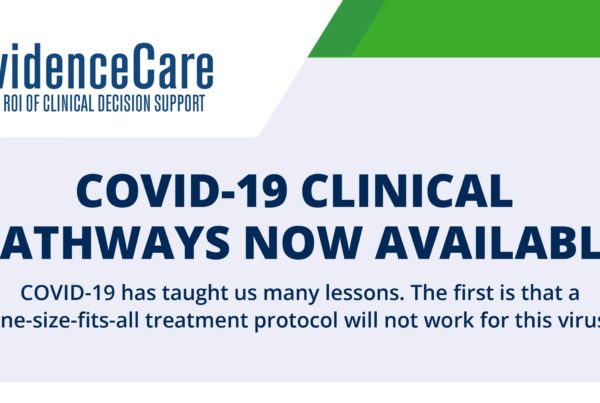It’s national stroke month. But emergency departments are as quiet as Broadway in downtown Nashville. It’s weird, to say the least.
As an ED physician, that type of silence is nerve-wracking and often signals the calm before a storm.
Unfortunately, this is a new trend—one that is a direct result of the coronavirus pandemic. Across the country, the number of patients showing up at hospitals with serious cardiovascular emergencies such as strokes and heart attacks has decreased dramatically.
During a recent webinar sponsored by EvidenceCare’s Collaborative Clinical Advisory Committee, Dr. Hasan Siddiqi, Senior Cardiovascular Disease and Research Fellow at Brigham and Women’s Hospital/Harvard Medical School, shared similar findings. Siddiqi pointed to a recent article published by NPR that showed ER volumes down about 40% to 50%.
The question many clinicians are pondering is: are patients dying at home? ACEP, the American College of Emergency Physicians, conducted a nation-wide poll and it was alarming that patients expressed that they would delay care for fear of contracting COVID-19. This is a sentiment likely shared by Americans across the country who don’t understand the deadly outcomes this attitude may cause. Delaying urgent care can lead not only to death, but also to increasing health complications and more challenging conditions in the ED.
Clinicians all over the country strongly recommend that anyone exhibiting symptoms of a stroke go to the hospital immediately so that life-threatening complications can be avoided. And think about this: with lower volumes and COVID-level precautions and protective measures, patients are more likely to be safer in an ED than ever before. At the end of the day each of us must balance the risk and impact of a high risk of coronavirus exposure with the certain life-threatening risk of stroke.
How can we protect ourselves?
Know the symptoms which for both men and women include:
• Sudden numbness or weakness in the face, arm, or leg, especially on one side of the body
• Sudden confusion, trouble speaking, or difficulty understanding speech
• Sudden trouble seeing in one or both eyes
• Sudden trouble walking, dizziness, loss of balance, or lack of coordination
• Sudden severe headache with no known cause
Physicians love acronyms so here’s a lifesaving one for stroke, especially relevant because acting FAST is critical.
F—Face: Ask the person to smile. Does one side of the face droop?
A—Arms: Ask the person to raise both arms. Does one arm drift downward?
S—Speech: Ask the person to repeat a simple phrase. Is the speech slurred or strange?
T—Time: If you see any of these signs, call 9-1-1 right away.
At EvidenceCare, we are reviewing clinical studies from all corners of the globe to serve up evidence around COVID-19, stroke, and hundreds of other serious conditions delivering the most relevant evidence into interactive pathways at the point of care. A critical resource, that won’t be utilized if patients stay home.
If you or someone you care about are experiencing any of these symptoms, please call 9-1-1 without delay. Seconds count. Don’t waste them on Google.
Sources:









